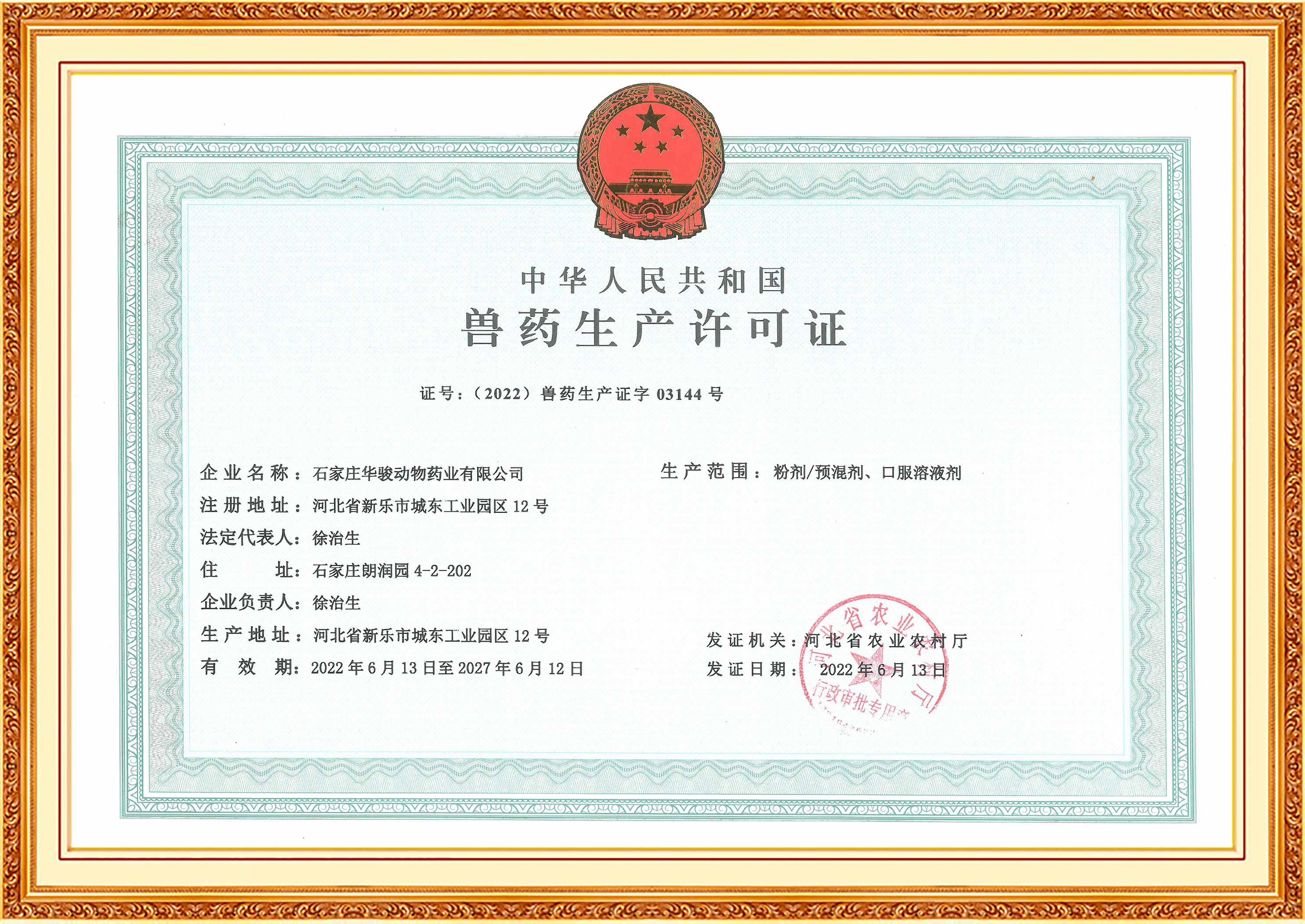
அக் . 21, 2024 10:01 Back to list
Exploring the Characteristics and Impact of Goose Reovirus in Avian Populations
The Role of Goose Reovirus in Avian Health Insights and Implications
Goose reovirus (GRV) is an infectious agent with significant importance in avian health, particularly among geese and other waterfowl. This virus, which belongs to the Reoviridae family, has garnered attention due to its impact on the poultry industry and the broader implications for bird populations. Understanding GRV's characteristics, transmission, clinical manifestations, and control measures is essential for veterinarians, farmers, and researchers involved in avian medicine and poultry farming.
Characteristics of Goose Reovirus
Goose reovirus is a non-enveloped, double-stranded RNA virus. It typically exhibits a serotype representative of the Reovirus family, which encompasses a diverse range of viruses affecting various animal species. GRV is known for its resilience in the environment, as it can survive in various conditions, thereby facilitating its transmission among avian populations.
Transmission and Spread
The primary mode of transmission of GRV among geese is through direct contact with infected birds, shed in their feces, respiratory secretions, or through contaminated feed and water sources. The virus can also spread vertically from infected parents to their offspring. Due to these transmission dynamics, outbreaks can occur rapidly in flocks, especially in environments where biosecurity measures are inadequate. Geese in close quarters, such as commercial poultry farms, become particularly vulnerable to the virus, leading to significant economic losses.
Clinical Manifestations
Infected waterfowl can exhibit a range of clinical signs, which can vary in severity. Common symptoms include respiratory distress, lethargy, decreased feed intake, and neurological signs such as ataxia and convulsions. In severe cases, the virus can lead to high mortality rates, notably among young goslings that are especially susceptible due to their underdeveloped immune systems. Other manifestations may include joint swelling and lameness due to viral arthritis, further complicating the health of affected flocks.
goose reovirus

Diagnosing GRV infection typically involves clinical observation, serological tests, and molecular techniques such as reverse transcription polymerase chain reaction (RT-PCR) to confirm the presence of the virus. Early diagnosis is crucial to mitigate further viral spread and to implement control measures effectively.
Control Measures and Prevention
Effective management and control of GRV involve a combination of biosecurity practices, vaccination strategies, and environmental management. Biosecurity is paramount; maintaining cleanliness in housing, minimizing stress among birds, and controlling foot traffic in and out of bird areas can significantly reduce the risk of introgression of the virus.
Currently, there are no commercially available vaccines specifically for goose reovirus; however, research is ongoing in the development of effective immunizations. Some studies have investigated the potential of using inactivated or live attenuated vaccines to bolster the avian immune responses against GRV.
Additionally, maintaining overall flock health through good nutrition and proper husbandry practices can enhance resistance against viral infections. Regular veterinary check-ups are essential to monitor flock health and implement recommendations promptly.
Impact on the Poultry Industry
Outbreaks of goose reovirus can have lasting repercussions on the poultry industry, resulting in substantial economic losses due to increased mortality rates and decreased productivity. The challenges posed by GRV underscore the need for ongoing surveillance and research to develop comprehensive management strategies. Understanding the epidemiology of the virus, including the role of asymptomatic carriers, remains a critical area of focus to prevent outbreaks effectively.
In conclusion, goose reovirus is a pertinent concern in avian health, demanding a multidisciplinary approach to manage its effects on waterfowl populations. The integration of sound biosecurity practices, ongoing research for vaccines, and awareness of clinical signs among poultry handlers can significantly mitigate the risks posed by this virus. By prioritizing avian health and welfare, stakeholders can work collaboratively to safeguard both wildlife and the agricultural sectors reliant on healthy poultry production.
-
Premium China Bacillus Subtilis Supplier & Factory Solutions
NewsJul.30,2025
-
Premium Avermectin Supplier in China | Custom Solutions Available
NewsJul.29,2025
-
China Bacillus Subtilis Supplier - Custom Factory Solutions
NewsJul.29,2025
-
China Salivation: Leading Custom Salivation Supplier & Factory Solutions
NewsJul.29,2025
-
Leading Lincomycin Hydrochloride Manufacturer & Supplier with High Purity
NewsJul.29,2025
-
Bio-Enzyme Yogurt Growth Promoter Factory - Top Quality Manufacturer & Supplier
NewsJul.28,2025




